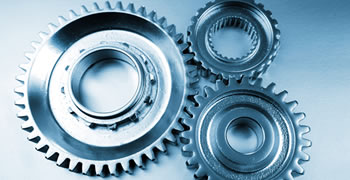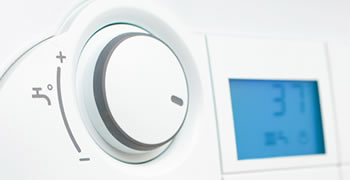There are various automotive applications for PCM. Two of these applications will be specifically addressed here: the use of PCM in air-conditioning systems in cars on the one hand and in temperature management of batteries for electric mobility on the other hand.
In order to reduce fuel consumption and avoid CO2 emissions, more and more cars are equipped with an automatic start-stop function. If the car stops at a red light, the engine stops – not only the engine however, but also the compressor of the air-conditioning. Depending on the temperature conditions, the engine needs to be restarted quickly to drive the compressor and keep the conditions inside the car at a comfortable level. Since this takes place when the car is still standing still, the desired savings by the automatic start-stop is small. This shortcoming can be eliminated by using a PCM storage in the air-conditioning system. It keeps the temperature of the air that comes into the car when the engine does not run at a low level. This requires PCM that are solid during normal operation of the air-conditioning and have a melting point clearly below the room temperature. When the engine is stopped, the PCM is melted by hot air flowing into the air-conditioning and it absorbs excessive heat by doing so, avoiding that the hot air gets inside the passenger cabin. Apart from the outside temperature the specific design of the PCM storage is most important for the time the temperature can be kept inside the comfort zone. The quantity of PCM and the associated storage capacity are kept at a level that works for bridging the typical short stops in city traffic and only adds minimum extra weight to the car.
Another example for using PCM in the automotive area is temperature management of basically all electronic parts, but specifically of the large battery stacks used in electric vehicles. One of the key problems of lithium-ion batteries is that the maximum capacity is reduced by each charging cycle, i.e. they have a limited service life. The reduction of the capacity cannot be prevented, but by maintaining certain minimum and maximum temperature limits, the effect can be significantly minimized. PCM can quickly absorb excessive heat and reduce peaks. The fast heat transfer needs to be realized by additives or special heat exchangers. The PCM can also absorb excessive heat from its surroundings and protect the battery stacks from external heat, for example from direct sunshine on a metal case. There are PCM with many different melting ranges available, and so the phase change material that fits best for a specific lithium-ion battery can be picked and will keep the temperature in the optimal operating range of the battery.






